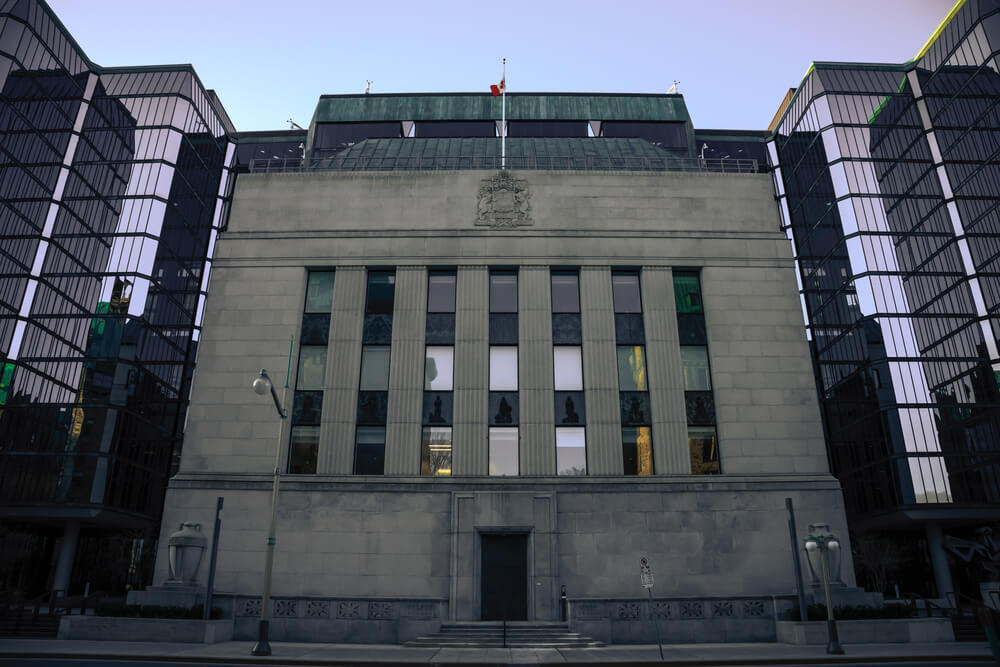Canadians and the financial markets are often nervous on the day the Governor of the Bank of Canada announces the key interest rate. Not surprising, given the financial consequences for people’s wallets and the impact of this decision on the economy.
Do we really know how this decision is made?
Technically, the Governor of the Bank of Canada determines the key interest rate eight times a year in the context of monetary policy. He is supported by his Governing Council, made up of Deputy Governors whom he has chosen and who work for the Bank. In recent months, an external non-executive Deputy Governor has joined the committee.
But the Governor and his team could get it wrong, and the Bank Act is of no assistance.
The Bank Act was adopted in 1935 while the General Theory on Employment, Interest and Money of Lord Keynes was published in 1936. The Act was amended through time and revised in 1985. The preamble to the Bank’s Act was never changed and presents a list of objectives, of equal importance, with the intent, as the Act summarizes, “to promote the economic and financial welfare of Canada.” But the specific mandates for the Bank and for monetary policy have never been incorporated in the Act.
The Act gives the Governor full powers to act as he sees fit, without any transparency requirements. It’s time we updated the Bank Act to reflect contemporary economic realities.
Since 1991, there is a monetary policy framework specified through a five-year agreement prepared by the Bank in agreement with the government through the Minister of Finance. This framework determines an inflation rate target without specifying the timeframe for achieving it. For the last thirty years, and renewed in December 2021, the agreement has targeted a two per cent year-on-year increase in the overall consumer price index (CPI).
This agreement is tabled in Parliament but is not subject to any parliamentary approval or accountability. The framework, which has no legal force, allows the Governor to raise the base interest rate as long as the overall CPI increases by more than two per cent. This is a simple rule for a problem that is not at all simple.
Indeed, inflation in the 21st Century has become a more complex issue than in previous generations. It is not mainly an excess demand problem. The climate crisis, political uncertainty, reversed globalization, demographic issues, all create supply shocks that will impact inflation. The target of two per cent may no longer be realistic.
Rising interest rates reduce with certainty consumption, investment, growth and employment. But it is not clear that it will reduce prices without creating a recession.
The Bank of Canada should not put aside its main purpose — the prosperity of Canadians — in the name of a risky strategy. Besides, there are alternatives.
Section 91 of the 1867 Constitution gives responsibility to the Canadian Parliament for making laws for the peace, order and good government of Canada in the areas of banking, the issue of paper, interest and legal tender. In short, from a legal standpoint, although the Bank Act gives the Governor and the Bank a great deal of autonomy, the Bank is not above Parliament. It must explain how its policy reduces inflation and at what cost.
Currently, the Governor explains his view in Parliamentary committees and to the media. And recently, the Bank started publishing the summary of the deliberations on the interest rate decision. Four times a year, it publishes a review of the general economic context. This is where the Bank of Canada’s transparency ends.
We do not know the economic and financial costs of the Bank of Canada’s strategy for individuals, businesses and governments. What are the redistributive effects, the effects on investment and productivity? What are the specific indicators on which decisions are based? What are the alternatives?
The Governor of the Bank of Canada has enormous powers compared to other central banks, which have a dual mandate (United States, Australia, New Zealand) that gives equal importance to price stability and full employment or have a monetary policy committee (United States, England, New Zealand) with external members that can propose alternative views.
If supply chains shocks are to become common, shouldn’t Canada’s monetary policy take them into account? By repeatedly raising interest rates to bring inflation down, aren’t we compromising the future of the country by damaging business start-ups, housing construction and the climate transition, as well as tangible and intangible investment such as human capital?
The time has come to demand greater transparency on the real impact of short- and medium-term monetary policy on the Canadian economy and to amend the Bank Act.
Photo courtesy of DepositPhotos



